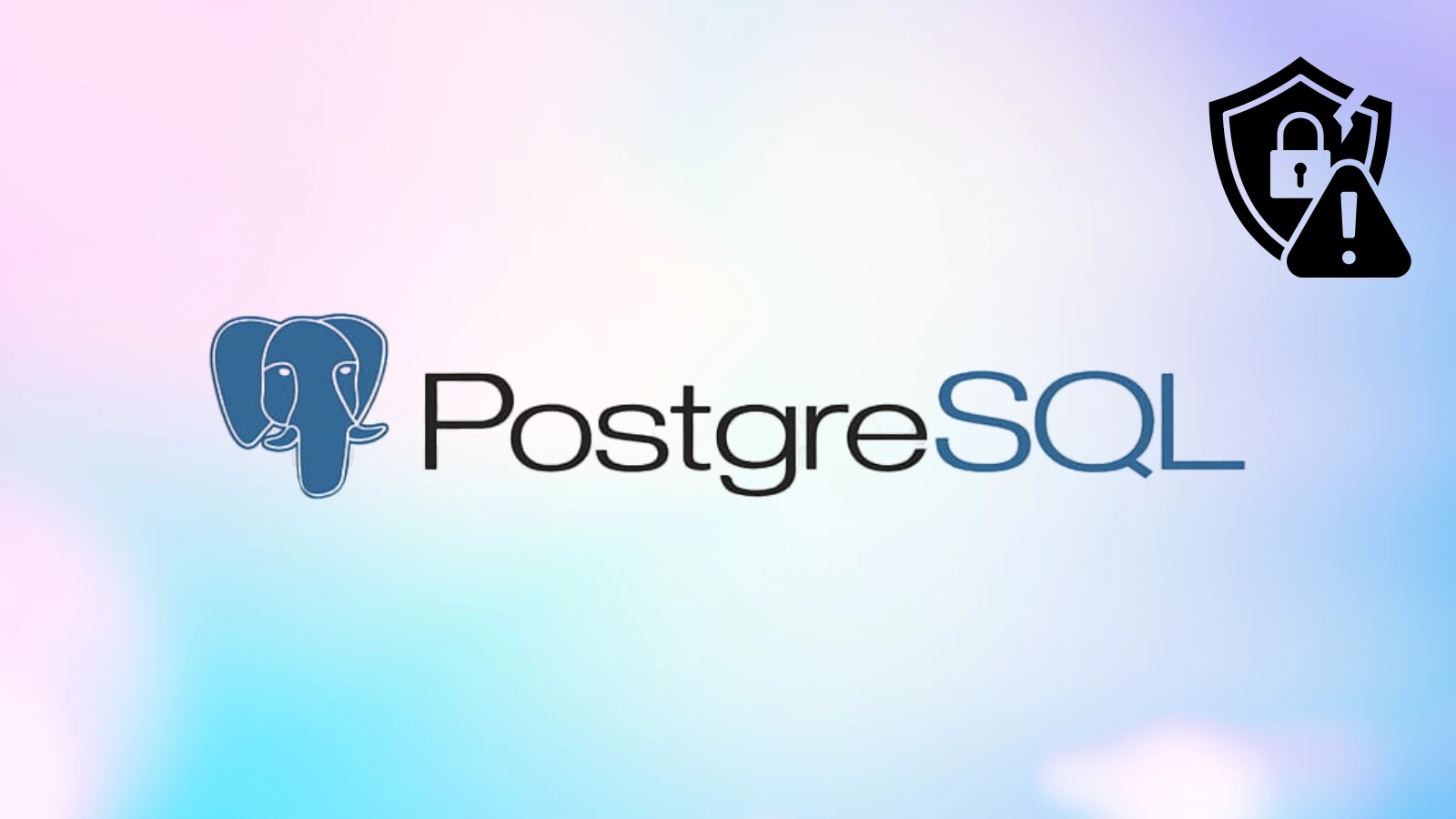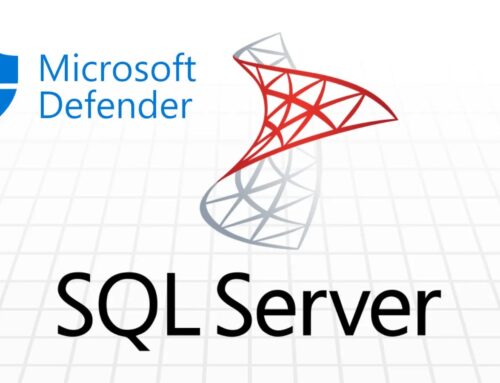
Critical PostgreSQL Vulnerabilities Allow Arbitrary Code Injection During Restoration
Urgent Alert: Critical PostgreSQL Vulnerabilities Expose Databases to Arbitrary Code Injection During Restoration
Organizations relying on PostgreSQL, a cornerstone of modern data infrastructure, face an immediate and critical security imperative. The PostgreSQL Global Development Group has issued emergency security updates to address a trio of severe vulnerabilities. These flaws, if exploited, could enable attackers to execute arbitrary code with devastating consequences during database restoration processes. Given the pervasive use of PostgreSQL across industries, understanding and acting on these patch releases is paramount for maintaining data integrity and system security.
The Core Vulnerabilities: A Deep Dive into Arbitrary Code Injection
The recently patched vulnerabilities represent a significant threat vector, revolving around the manipulation of database restoration. This means that even seemingly routine operational tasks like restoring a backup could inadvertently become an avenue for malicious code execution. Threat actors could potentially craft malicious backup files or intercept restoration streams to inject arbitrary commands, gaining unauthorized control over the database server.
While the initial report from Cybersecurity News highlights three critical flaws, the immediate focus is on the mechanism of arbitrary code injection during restoration. This attack vector is particularly concerning because it bypasses typical runtime security measures, leveraging a phase often considered safe and controlled. The specific CVEs associated with these vulnerabilities are:
- CVE-2024-0985: Improper handling of
search_pathinCREATE FUNCTION ... AS NULL CALLER. This vulnerability could allow an attacker to execute arbitrary code when restoring a database containing a specially crafted function definition. CVE-2024-0985 - CVE-2024-0986: Privilege escalation via SQL injection in
pg_stat_statements_reset(). While not directly restoration-related, this vulnerability could be chained with other flaws to achieve arbitrary code execution. CVE-2024-0986 - CVE-2024-0987: Arbitrary code execution during
pg_restoreof a crafted backup. This is the most direct threat related to the restoration process, allowing an attacker to insert malicious code that is executed when a compromised backup is restored. CVE-2024-0987
These vulnerabilities collectively underscore the importance of securing not just active database operations, but also the entire lifecycle, including backup and restoration procedures.
Affected PostgreSQL Versions and Patch Releases
These critical vulnerabilities have a wide reach, impacting a significant range of active PostgreSQL versions. Organizations running any of the following versions are urged to prioritize immediate patching:
- PostgreSQL versions 13 through 17 are susceptible.
The PostgreSQL Global Development Group has responded swiftly, releasing urgent updates. The following patch versions contain the necessary fixes:
- PostgreSQL 17.6
- PostgreSQL 16.10
- PostgreSQL 15.14
- PostgreSQL 14.19
- PostgreSQL 13.22
It is imperative for database administrators and security teams to identify their current PostgreSQL versions and schedule upgrades to these patched releases without delay. Running unpatched versions leaves your organization exposed to severe compromise.
Remediation Actions: Securing Your PostgreSQL Environment
Immediate action is required to mitigate the risk posed by these vulnerabilities. A proactive and systematic approach to patching and security hygiene is essential.
- Prioritize Patching: The most crucial step is to upgrade all affected PostgreSQL instances to the latest patched versions (17.6, 16.10, 15.14, 14.19, 13.22) as soon as possible. Follow official PostgreSQL upgrade procedures to ensure data integrity during the process.
- Verify Backup Integrity: While patching addresses the vulnerability, it’s also critical to ensure that existing backups are not already compromised. Consider reviewing backup sources and, if possible, take new, clean backups after patching your master instances.
- Implement Least Privilege: Reinforce the principle of least privilege for all PostgreSQL users and roles. Limit permissions for database operations, especially those related to schema creation, function definition, and restoration.
- Isolate and Segment: Ensure PostgreSQL servers are properly segmented within your network to limit lateral movement in case of a breach. Implement strong firewall rules and restrict access to PostgreSQL ports.
- Monitor Database Activity: Enhance monitoring for unusual database activity, including unexpected schema changes, new function creations, or anomalous access patterns, especially during and after restoration processes.
- Review Restoration Procedures: Evaluate and, if necessary, revise your database restoration procedures. Ensure that only trusted backup sources are used and that restoration processes are executed from secure, hardened environments.
Tools for Detection and Mitigation
While direct patching is the primary mitigation, several tools and practices can aid in maintaining a secure PostgreSQL environment and detecting anomalies.
| Tool Name | Purpose | Link |
|---|---|---|
| Official PostgreSQL Documentation | Comprehensive guides for upgrades and security best practices. | https://www.postgresql.org/docs/ |
| Vulnerability Scanners (e.g., Nessus, OpenVAS) | Automated scanning for known vulnerabilities, including outdated software versions. | https://www.tenable.com/products/nessus/ (Nessus) http://www.openvas.org/ (OpenVAS) |
| Database Activity Monitoring (DAM) Tools | Real-time monitoring and auditing of database transactions and access. | (Various commercial and open-source options available) |
| IDS/IPS Solutions | Network-level detection and prevention of malicious traffic targeting PostgreSQL ports. | (Various commercial and open-source options like Suricata, Snort) |
Conclusion
The discovery and immediate patching of these critical PostgreSQL vulnerabilities serve as a stark reminder of the continuous need for vigilance in cybersecurity. Arbitrary code injection during database restoration is a high-impact threat that demands immediate attention. By promptly applying the necessary patches, reviewing security configurations, and reinforcing secure operational practices, organizations can significantly reduce their exposure to these and future threats. Prioritizing database security is not merely a technical task; it is a fundamental pillar of organizational resilience and data protection.





